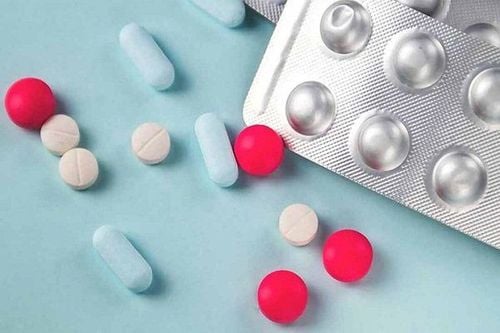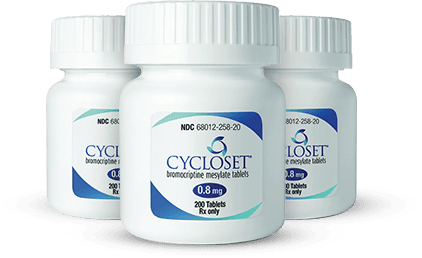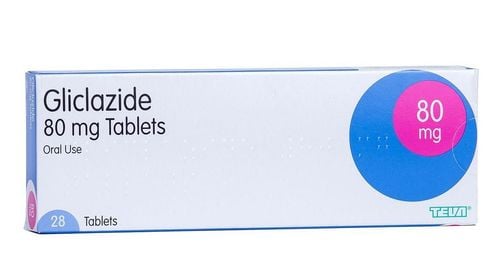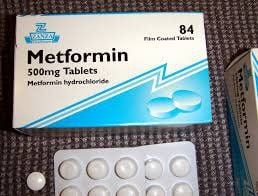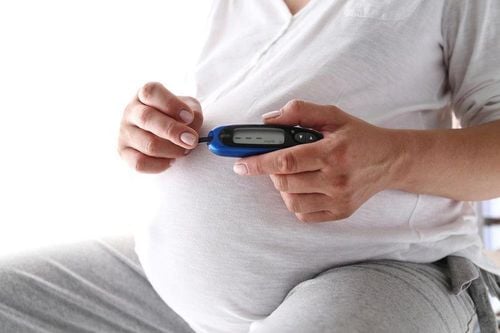This is an automatically translated article.
Glipizide belongs to the group of drugs used to treat diabetes Sulfonylurea, it's main effect is to lower blood sugar by releasing natural insulin in the body. Glipizide can be used in combination with other diabetes medications.
1. What does Glipizide do?
Controlling high blood sugar helps prevent kidney damage, nerve problems, blindness, loss of limbs and problems with sexual function. In particular, properly controlling diabetes can reduce the risk of heart attack or stroke. Glipizide belongs to a class of diabetes medications known as Sulfonylureas, which work by lowering blood sugar levels by releasing natural insulin in the body. Currently, Glipizide is a prescription medication often combined with a healthy diet and proper exercise to help people with type 2 diabetes control blood sugar.
In some cases, doctors may assign patients to use Glipizide in combination with other diabetes drugs to improve the effectiveness of treatment.
2. Dosage and how to use Glipizide
Take Glipizide 30 minutes before meals or with the first meal of the day, usually once a day as directed by your doctor. In some cases, higher doses may be needed twice a day. Dosage will be prescribed based on the patient's medical condition and ability to respond to treatment. Usually, to reduce your risk of Glipizide side effects, you may be directed to take the drug at a low dose and gradually increase it. If you are taking another diabetes medicine (eg Chlorpropamide), follow your doctor's instructions and stop the old one before switching to Glipizide. Colesevelam may decrease the absorption of Glipizide. So if you are taking Colesevelam, take Glipizide at least 4 hours apart. You need to make sure you keep taking Glipizide regularly to get the most benefit from it. To make it easier to remember your dosing schedule, you can take Glipizide at the same time each day. Tell your doctor if your condition does not improve or if it tends to get worse (blood sugar is too high or too low) after using Glipizide.
3. Undesirable effects
Like many other drugs, Glipizide can also bring some side effects such as: Nausea, vomiting, loss of appetite, diarrhea, constipation, abdominal pain, headache and weight gain.
Tell your doctor if you experience serious Glipizide side effects such as:
Signs of infection (persistent sore throat, fever); Easy bleeding, easy bruising; Stomach pain ; Yellow eyes, yellow skin; Dark urine ; Unusual fatigue, weakness; Sudden weight gain; Mood swings; Edema of hands and feet; Convulsions. Glipizide can lower blood sugar levels to low levels (hypoglycemia), especially when you eat not enough calories or exercise unusually heavy. Typical symptoms of low blood sugar are: Trembling, hunger, sudden sweating, heart palpitations, dizziness, blurred vision, tingling hands and feet.... The advice in this case is to Bring a glucose tablet for a timely treatment or eat a readily available source of sugar such as candy, honey, table sugar or juice... to help with a temporary spike in blood sugar. To avoid sudden hypoglycemia, you should eat on a regular schedule and limit skipping meals.
In contrast, symptoms of high blood sugar (hyperglycemia) include increased thirst, increased urination, drowsiness, confusion, flushing, rapid breathing, and fruity breath. If these symptoms occur, tell your doctor right away, an increase in the dose may be considered.
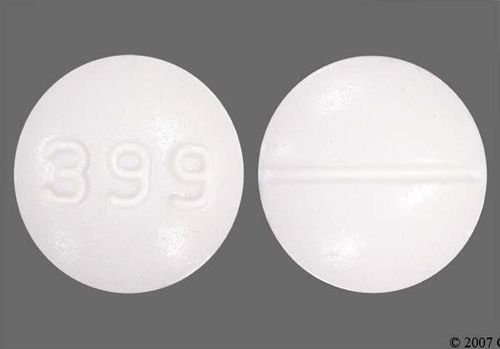
Glipizide thuộc nhóm thuốc điều trị tiểu đường Sulfonylurea
4. Note when using Glipizide drug
Before taking Glipizide, please note the following:
If you are allergic to Glipizide or have any other abnormalities after using the drug, please inform your doctor; Talk to your doctor about your medical history, especially liver and kidney disease, thyroid disease, certain hormonal conditions (adrenal insufficiency, hypopituitarism, antidiuretic hormone syndrome). electrolyte imbalance (hyponatremia) Glipizide can cause blurred vision, dizziness, or drowsiness, so you should not drive, use machines, or do anything that requires alertness or concentration. while the drug is taking effect Limit alcohol while taking Glipizide as it can increase the risk of low blood sugar In very rare cases alcohol can interact with Glipizide and cause a serious reaction with symptoms such as flushing, nausea, vomiting, dizziness or stomach pain.It may be more difficult to control your blood sugar if you are not feeling well (such as fever, infection, injury or recent surgery). Consult your doctor as this may lead to changes in your treatment plan, medication, or blood sugar testing. friend. Glipizide may make you more sensitive to the sun. Therefore, you should limit your time in the sun. Instead, use extra sunscreen and wear protective clothing before going out in the sun. Older adults may be more sensitive to the side effects of Glipizide, especially low blood sugar. For women who are pregnant, Glipizide should only be used when absolutely necessary. Pregnancy can cause or worsen diabetes. Always keep in touch with your doctor to monitor your blood sugar during pregnancy. Doctors can use insulin to replace Glipizide for pregnant women. If you are still taking Glipizide , your doctor may switch to insulin at least 2 weeks before your due date because Glipizide can cause a new born baby to have low blood sugar levels. Thoroughly discuss the benefits and risks of the medication with your doctor. It is not known whether Glipizide passes into breast milk. However, the same drugs can pass into breast milk, so women who are breastfeeding should consult their doctor before breast-feeding.
5. Glipizide drug interactions
Many medications can affect your blood sugar, making it more difficult to control. Talk to your doctor or pharmacist about medications that affect blood sugar, check your blood sugar regularly, and share the results with your doctor. If you have symptoms of high or low blood sugar, let your doctor know right away. Your doctor will probably adjust your diabetes medication dose, reallocate your exercise or diet plan. Beta-blockers (including Propranolol, Metoprolol, glaucoma eye drops such as Timolol) can reduce the risk of the heart arrhythmias (tachycardia) you often feel when your blood sugar drops too low. Other symptoms of low blood sugar, such as dizziness, hunger, or sweating, are not affected by these medications. Double-check the information on all your medicines (especially cough and cold products) as they may contain ingredients that affect blood sugar. Ask your pharmacist how to use these products safely. When taking Glipizide, users of the drug are encouraged to:
Perform regular physical examination, including medical tests such as: Liver and kidney function tests, measurement of fasting blood sugar, hemoglobin concentration. , complete blood count ...to monitor progress and check for side effects. Join diabetes care instruction programs, learn more about controlling diabetes with medication, diet, and exercise. Know the warning symptoms of high and low blood sugar and how to handle it promptly. Regularly check your blood sugar readings as directed by your doctor. If you use an overdose of Glipizide and you notice symptoms such as fainting or difficulty breathing, you need to take the patient to the emergency room immediately. Other possible signs of overdose are: Trembling, heart palpitations, sweating, loss of consciousness. If you forget to take a dose, take it as soon as you remember. If it is almost time for your next dose, skip the missed dose and take it at your usual schedule, do not double your dose. Store Glipizide at room temperature, away from light and moisture. Keep medication out of reach of children and range of pets.
Please dial HOTLINE for more information or register for an appointment HERE. Download MyVinmec app to make appointments faster and to manage your bookings easily.
Reference source: webmd.com



